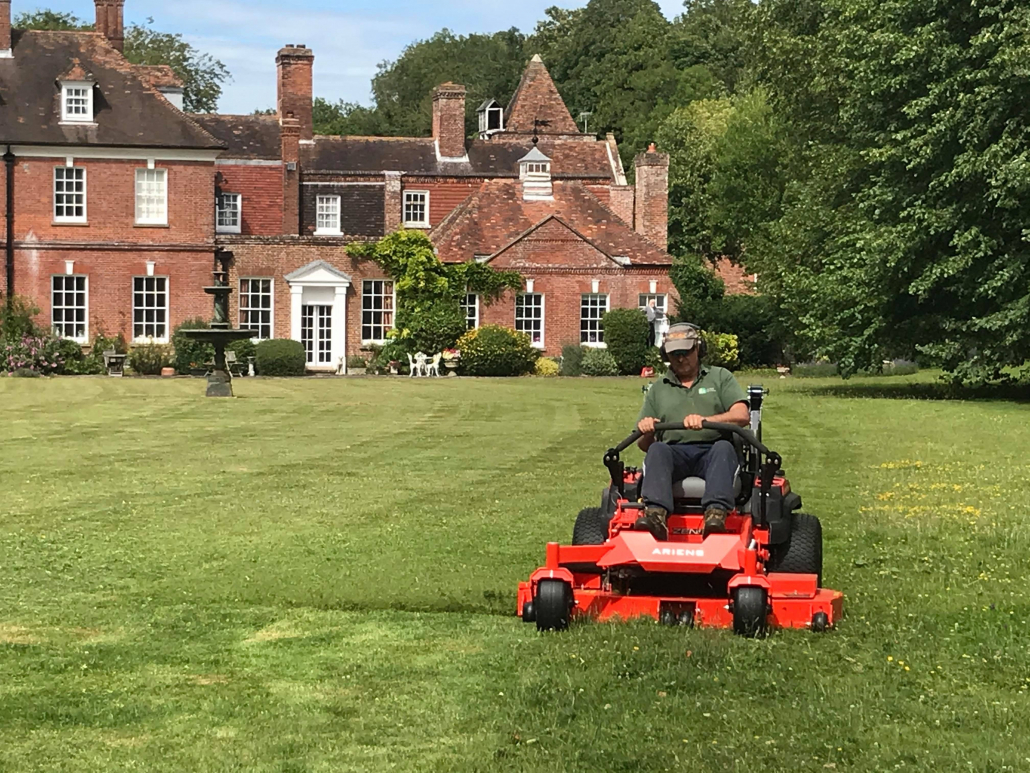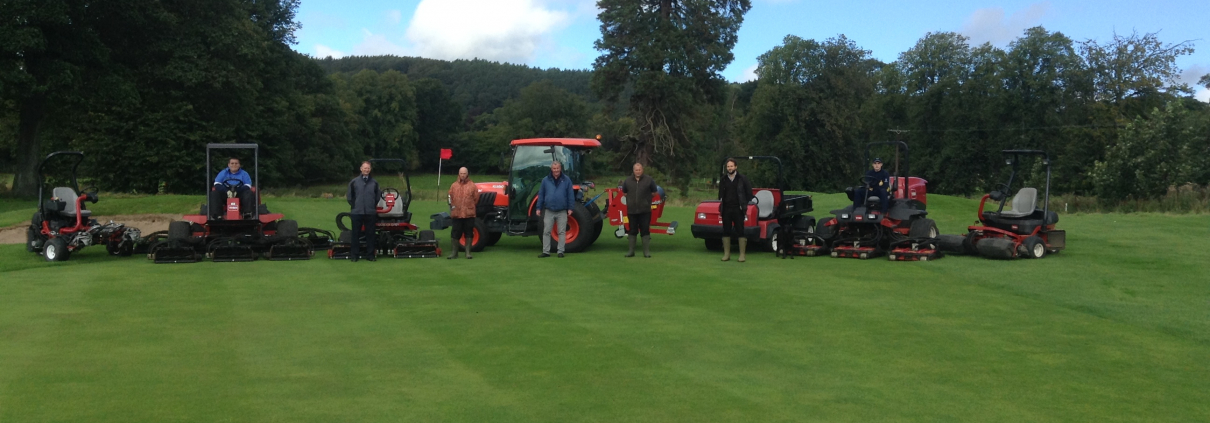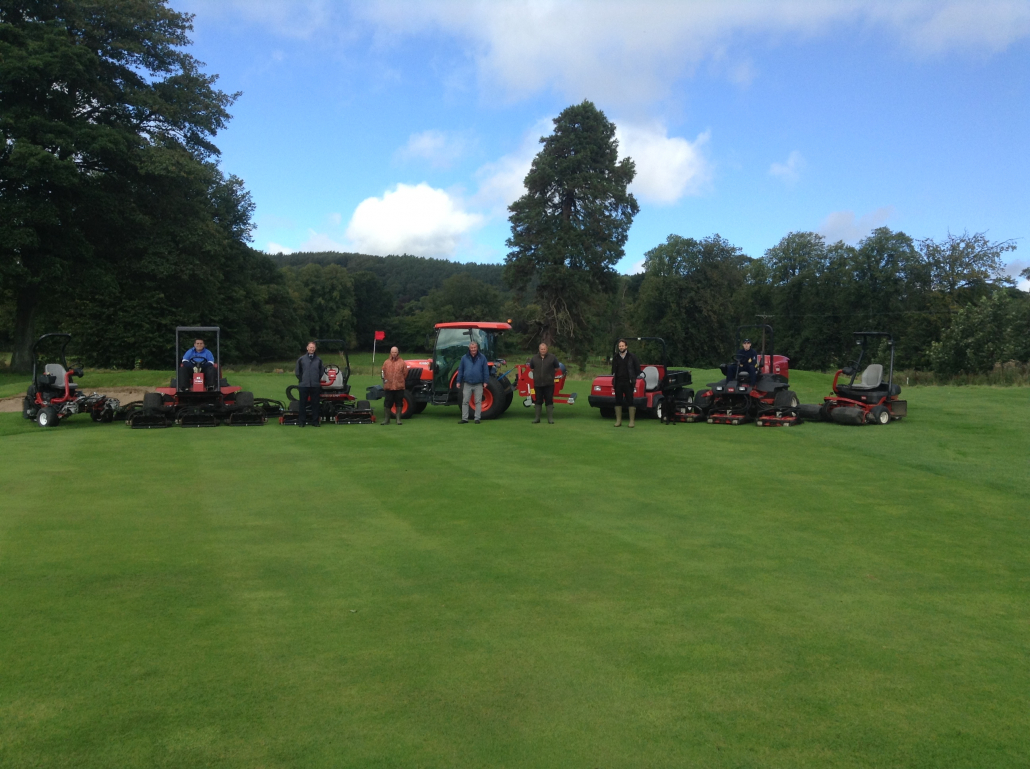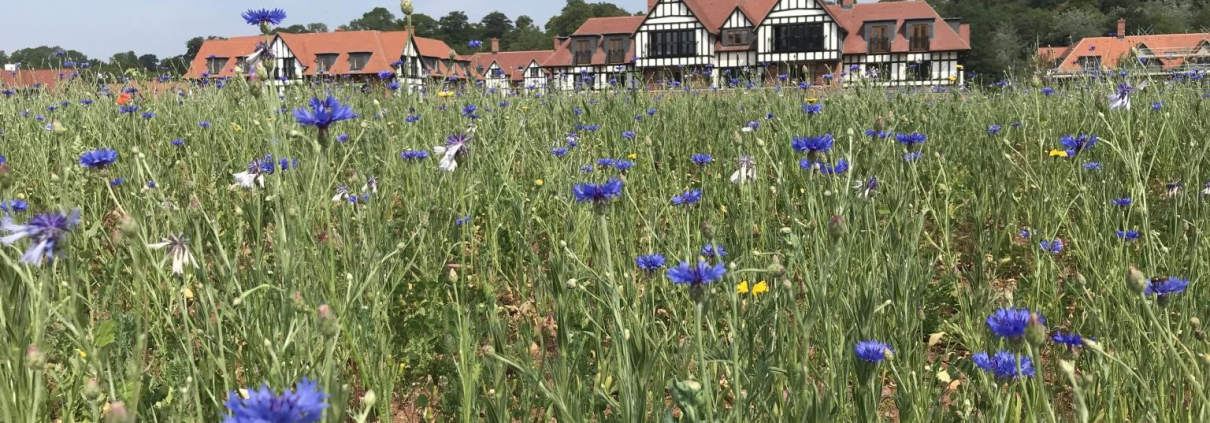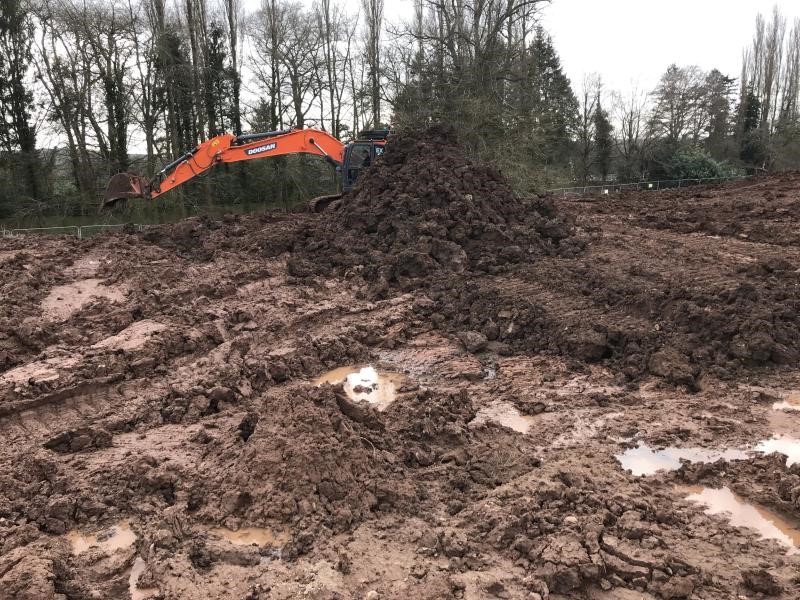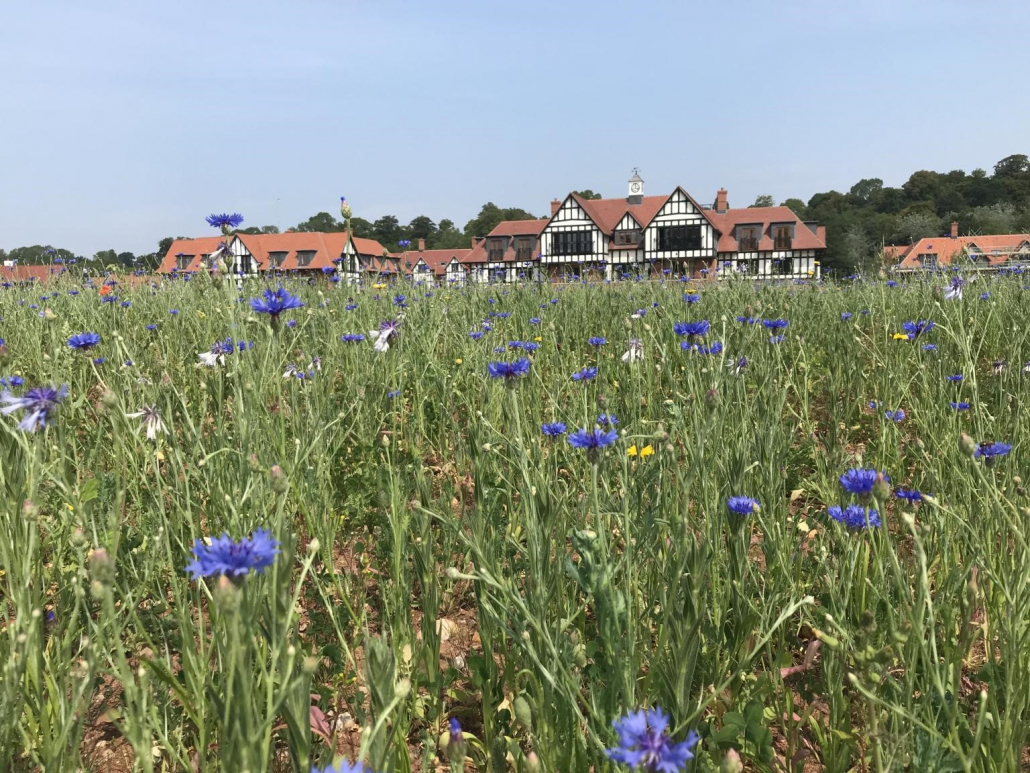A seasonal guide to golf course maintenance: As we head into the winter months, with the chilliest and the wettest of the weather yet to come, you may be asking what maintenance is necessary as the seasons change.
In this blog, we’ll be running down the typical kinds of maintenance that you need to undertake to ensure that your golf course remains at its best season-after-season.

A seasonal guide to golf course maintenance
This schedule will apply to most golf courses, but each maintenance schedule will need to be tailored to soil type, weather patterns and other, similar, site-specific factors.
Spring
March
In any typical year, March will see in the backend of winter and welcome milder temperatures, which increase both air and soil temperatures, encouraging growth. If you enjoy a few days’ worth of mild weather, apply a light application of lawn tonic to encourage some further early grass growth. This will help to create smoother surfaces earlier in the year and help to avoid some of the issues we see at some of the earlier golf tournaments in the year.
Dry Patch will also be an issue on many courses, so it’s certainly worth doing all you can to be prepared for this eventuality. An early application of wetting agent will be ideal around now because the ground will still be moist; thus, ground penetration will be felt throughout the season and will combat dry patch as your wetting programme continues.
April
April is one of the busiest times for maintenance around the course; the onset of growth is imminent, so now is the time to tidy up, mow and prepare for the most active golfing period of the year.
May is usually the best time of year to spray broadleaved weeds around the course. But by preparing everything you need for this in April, you can reduce the pressures on your time as the course gets busier and negate any health and safety concerns that come with using chemicals.
If you’re planning to use a contractor for this, now is perhaps your last good opportunity to book them. In the meantime, reduce your usual nitrogen feeding routine as this encourages excess leaf growth, without encouraging root development. Instead, increase potassium applications to improve the roots of the grass and its ability to pull water from the soil.
Other key pointers this month, include:
- Avoid the application of any chemicals that might impact the growth of the grass roots; for example, herbicides could be detrimental if you experience a period of dry weather.
- Continue to aerate the soil around the course to promote the growth of roots and the movement of air and water within the soil.
- Ensure mower blades are sharp and cutting cleanly – a blunt blade can damage swards.
- Raise the blade of the mower and trim only when necessary to avoid excess stress on the grass.
- Confine irrigation to only crucial areas, such as the green – brown fairways are not the end of the world at this time of the year.
- Any fairways with shallow soils should be given a layer of topdressing to improve soil depth and aeration to increase rooting depth.
May
It’s at this time of year when warmer weather will create the ideal conditions for a good spell of growth. The past few years have seen prolonged dry spells during the summer, so now is a good time to think about collecting rainwater and minimising water use where you can in preparation for high temperatures.
Summer
June
During June, you should begin:
- Reducing your applications of nitrogen.
- Reduce irrigation so that the surface firms and the roots must work that bit harder for their water.
- Watering by hand to prevent water build up in areas of low land.
- Frequently verti-cutting without overstressing the surface.
- Frequently dressing surfaces to maintain a smooth, freely draining surface.
- Regularly aerating to ensure the free draining of any surface water.
- Removing excess organic matter or debris, such as sticks, weeds and fallen leaves.
- Brushing the grass to ensure that the surface is aerated, free of debris and produces a cleaner cut during mowing.
- Rolling to keep the surface smooth and to remove any developing bumps or problem areas.

A seasonal guide to golf course maintenance
July
As the weather continues to get warmer, more golfers will visit the course, which unfortunately brings about disease that may affect your grass. This is a difficult time for any groundsman; while you obviously want golfers to enjoy the fruits of your hard work, at the same time, you need to be on your toes to ensure that your grass remains healthy.
Sustaining healthy turf is crucial to sidestepping disease, excessive strain and maintaining a nutritional balance. If you’re faced with symptoms that you’ve never seen before, while it might not be anything to worry about, it’s best to get them checked by a specialist. This is especially important when you consider that back in 2012, two new turf diseases were found on courses in England and Ireland.
Once you’re fully aware of what you’re dealing with, the correct action can be taken to protect the grass.
By simply ensuring that your grass remains stress-free, you can actually prevent a great deal of diseases. Feeding, irrigation, maintenance and mowing are all key factors in ensuring that your grass is relaxed and content.
August
August can be a great time to begin corrective works such as hollow coring and the overseeding of greens. This is because the temperatures in both the ground and in the air are usually high enough to ensure that grass recovery from your works will be very quick.
Consider that recuperation from these works may take as little as two weeks in August, but if you’re leaving it until September, you may find it can take up to four to six weeks.
That said, while many golf courses may see much less foot traffic during August, not all courses are quiet. In this case, any repair and renovation work will need to be planned carefully around how busy the course is.
Autumn
September
Typically, at this time of year, temperatures will begin to fall, and morning dews may appear across the course. They’ll be less pressure on water resources, and if your previous repair and maintenance works have taken well, you’ll have some time for other essential jobs before the leaves begin to fall.
One area of the course that you should be reviewed every couple of years is the teeing grounds. Tees are frequently forgotten in favour of greens, however as play increases the tee size and condition may not be adequate to support play.
Your tees must have access to plenty of light, so be sure to prune, trim and remove branches of neighbouring trees where necessary to keep the turf in good condition. Taking advantage of the drop off in play at this time of year to begin a tee maintenance project ensures that it has time to settle before the start of the next season.

A seasonal guide to golf course maintenance
October
Now Autumn is beginning to come to a close; it’s time to think very carefully about your course’s winter golf policy. There’s no question that playing on frosted greens will cause damage to the plant; however, such damage is really down to the discretion of the individual course to decide whether it is acceptable.
On the one hand, two or three golfers on frosty greens might not be a problem, but when you have a hundred doing so in a given day, then it may well be. This could spell the difference between a few footprints, which will rectify itself in spring, or a setback of two to three weeks in the grass coming into its summer condition.
Winter
November
The larvae of crane flies, leatherjackets, aren’t always a problem on every course, and some that are impacted will experience such a small invasion that it won’t warrant the cost of spraying. However, these pests can grow up to 4cm and have a particularly ravenous appetite when it comes to grassroots and stems of fine turf. By treating this issue anytime from now until next April, you’ll spare yourself another headache.
Although tree-lined courses are a significant draw for golfers, they can also give groundskeepers a great deal of work to do at this time of year. Although leaf blowers and sweepers can make life just that bit easier, there’s still a good few weeks of leaf collection ahead of you. Once the leaves are all down, take some time to ensure you’re removing any damaged or diseased wood from the trees and remove those which are casting shade or restricting airflow to the turf.
With less light during the day, you may find surface moisture and shade will create moss and algae. If you can’t remove this, try using a soil amender as a top-dressing to keep the surface dry.

A seasonal guide to golf course maintenance
December, January & February
As you come to the end of one year and into the beginning of the next, it’s time to begin planning for the new season.
The height of winter is a great time to look for any areas of the course that aren’t draining as you’d like and where drainage work is necessary. Movement across the course will become more difficult at this time of year, and if your winter policy allows play, then it’s important to monitor what effect this may be having and whether further paths and thoroughfares are necessary.
Stephen Beal is a grass seed expert and the Sales & Marketing Manager at www.barenbrug.co.uk
For the latest industry news visit turfmatters.co.uk/news
Get all of the big headlines, pictures, opinions and videos on stories that matter to you.
Follow us on Twitter and Instagram for fun, fresh and engaging content.
You can also find us on Facebook for more of your must-see news, features, videos and pictures from Turf Matters.
